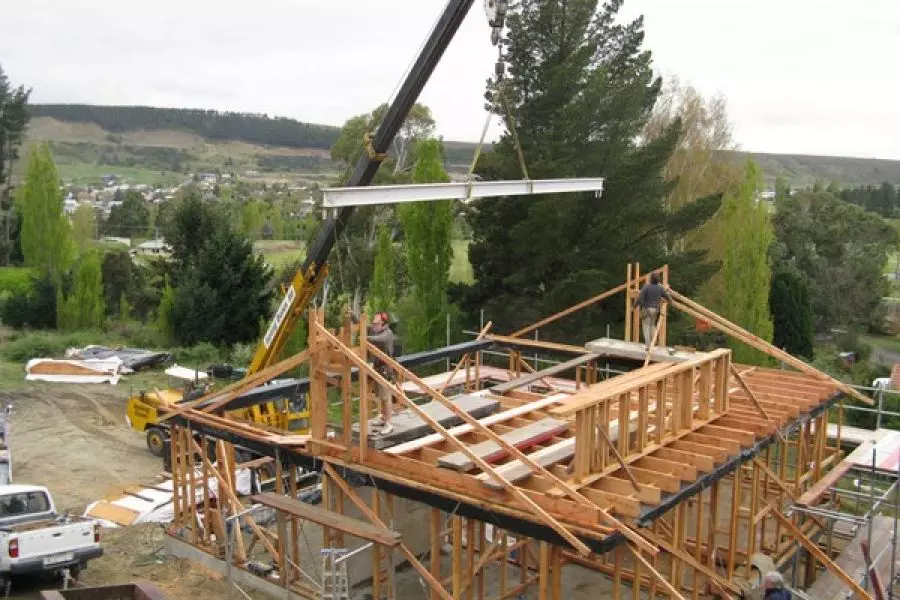News
Consents up again in August

Monday 30th of September 2019
There were 3,261 new dwelling consents issued nationwide in August, according to Stats NZ’s latest data.
Once seasonally adjusted, that’s an increase of 0.8% in August following falls in the last two months.
While the monthly data often varies, the trend remains on the rise with 35,658 new consents in the year ending August 2019, which was an 8.8% increase from the A...
Want to read the full article?
Click the button below to subscribe and will have unlimited access to full article and all other articles on the site.









![[The Wrap] Bye Bye Bayly](https://goodreturns.publit.io/file/c_fill,w_900,h_600/39f23ac1-f7c7-4854-b700-a150004ebbac.webp)